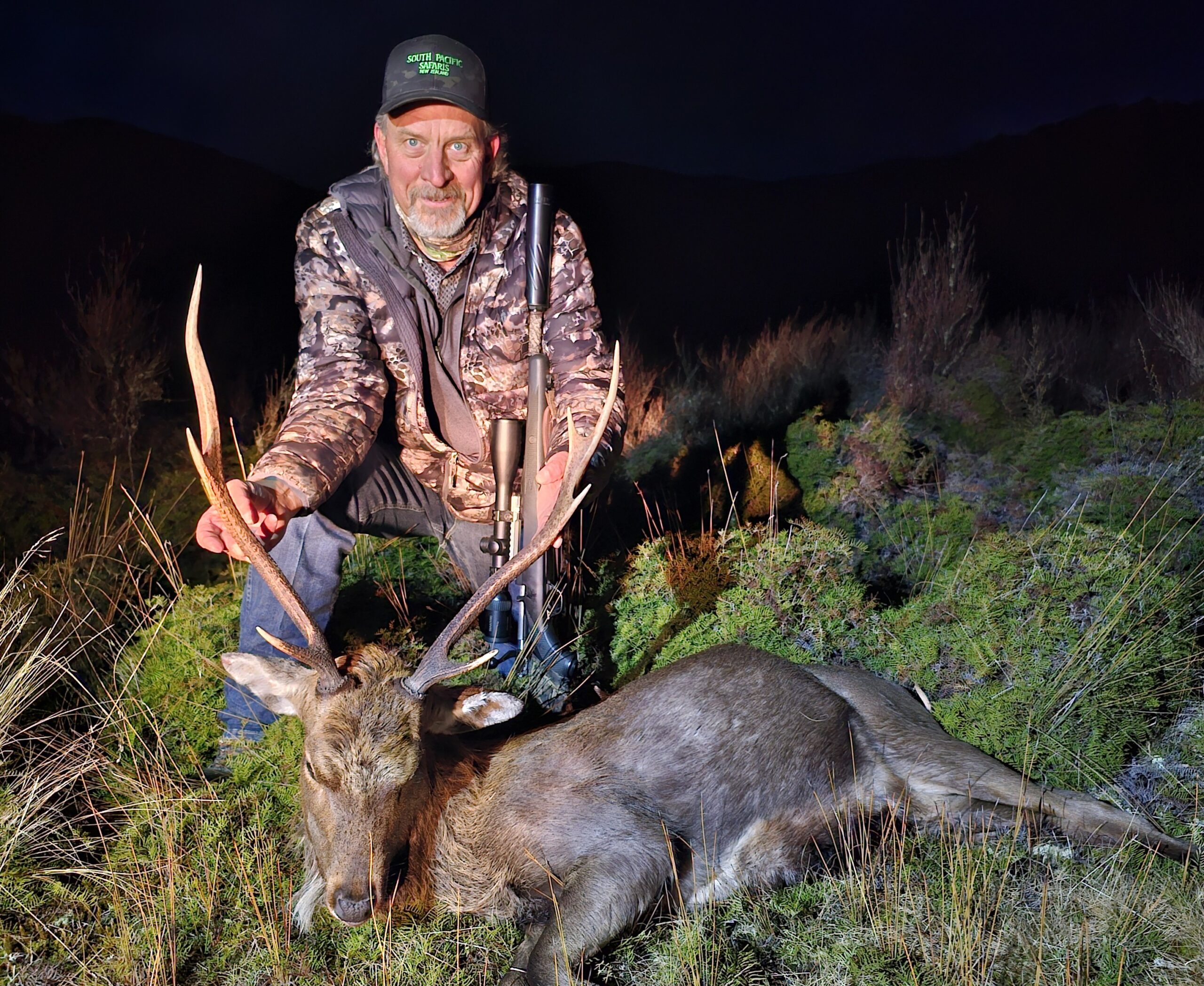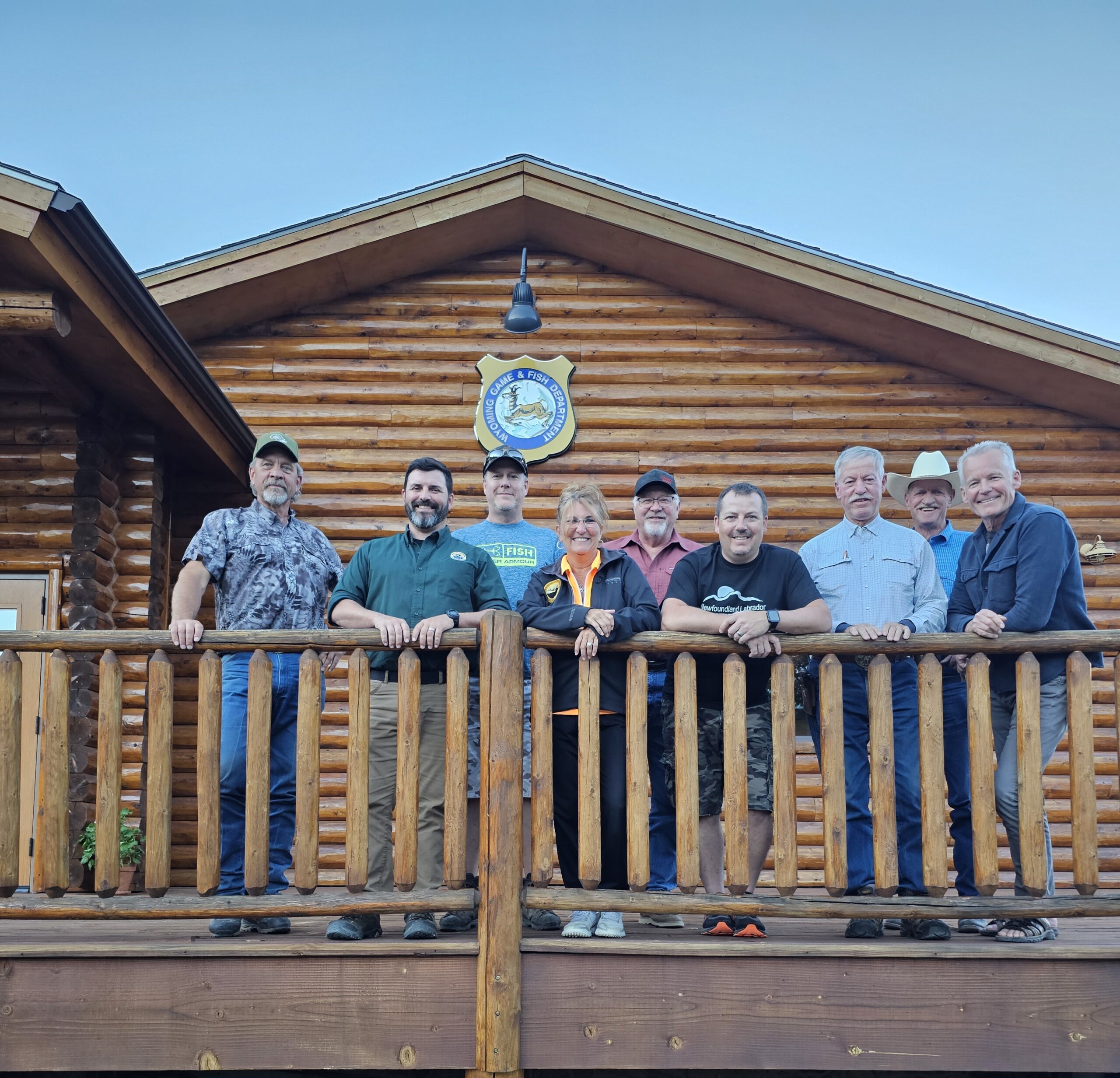As human development sprawls further and further into wild places, innovative ideas and modern research strategies are helping mitigate human wildlife conflict. The Safari Club International Foundation is involved in a project being led by the BC Ministry Forests, Lands, Natural Resource Operations & Rural Development and the University of Alberta designed to help keep people safe and wildlife habitat connected in British Columbia.
The project is part of the broader Road Watch BC program, a citizen science initiative used to report sightings of wildlife in close proximity to roadways, information that is readily shared with the provincial transportation ministry. This work is closely related to SCIF’s ongoing support for grizzly bear population surveys in B.C.’s southern Rockies.
British Columbia’s Elk Valley supports some of the most robust populations of large mammals in North America, including deer, elk, moose, grizzly bears, black bears, cougars, and bighorn sheep. The area is also home to one of Canada’s most rapidly growing communities and resource extraction industries. An expanding human footprint is coming into contact with the region’s wild residents more frequently – often with negative consequences.
With over 10,000 wildlife-vehicle collisions across the province annually, the economic and physical impact these conflicts have on people is well-documented. However, little was previously known about the toll these car wrecks were having on wildlife populations or how to more effectively deter collisions.

Cutting through Elk Valley is Highway 3, a major roadway that unfortunately experiences more than 200 wildlife-vehicle collisions each year, costing almost $3 million in damages. However, through a new system of mitigation strategies the B.C. government expects to reduce roadkill enough to pay for the project in full over the next 10 years.
Using revolutionary wildlife tracking and monitoring techniques, conservation organizations, government agencies, and other stakeholders have developed a system that keeps wildlife off the road and allows them to move safely across the landscape through a series of underpasses and overpasses connected with fencing.
Once complete, the safe passage system will consist of nine different projects and is expected to take 5 years to complete. The first phase includes retrofitting existing bridges to act as wildlife underpasses by clearing obstacles and landscaping under bridges to increase the capacity for the movement species such as grizzly bear, elk and deer. Fencing along the highway between these structures will help keep wildlife off the road and will funnel them into the designated crossings. Funding is still needed for the second phase, which will include the construction of B.C.’s first major wildlife overpass.
SCIF will continue to support innovative, landscape level approaches to modern conservation issues while looking to continue a longstanding tradition of conservation engagement and leadership in Western Canada.






